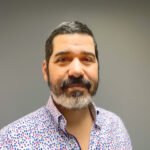
From Koson to Healthcare: Why Medicine?
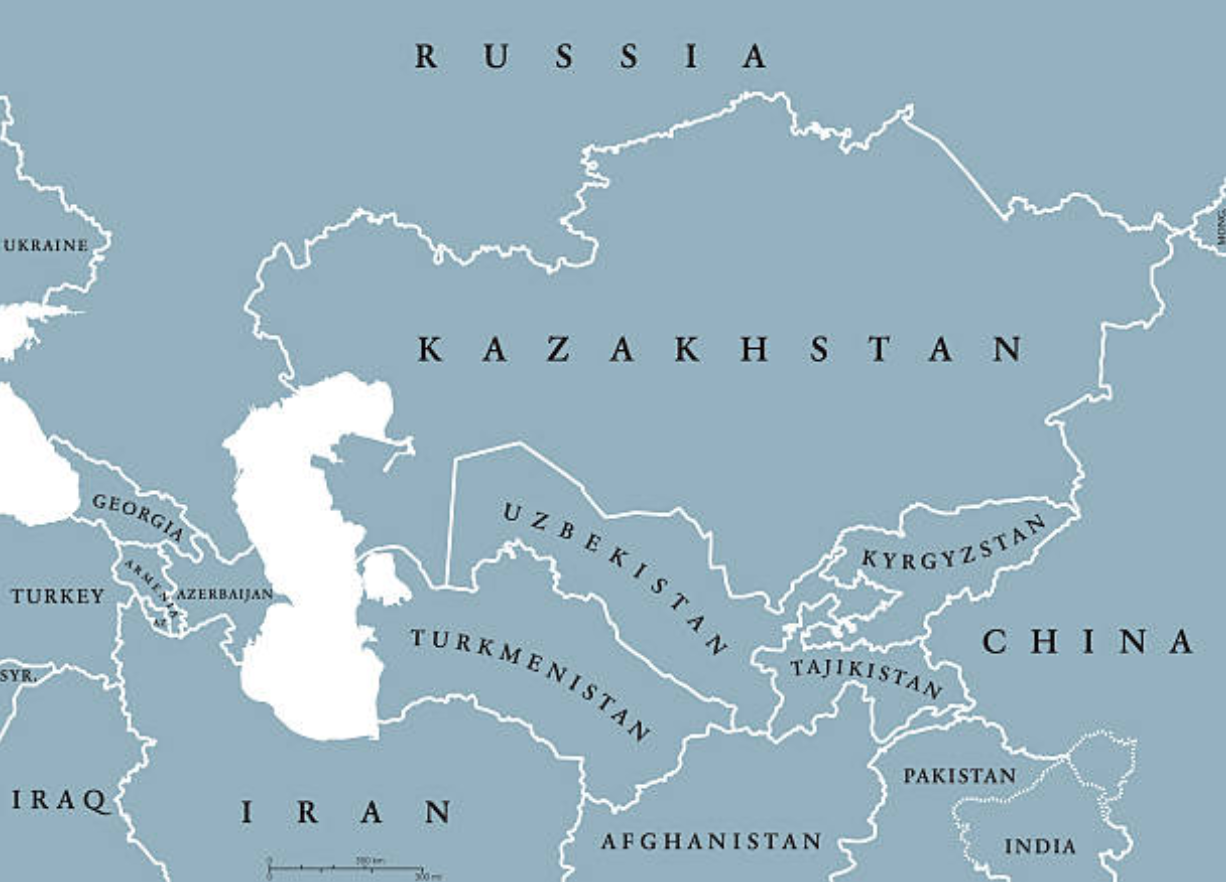 In the dusty alleyways of Koson, where the scent of samsa—a crispy, savory beef-filled pastry—lingers in the air, my journey toward medicine began with my “Bobojon.” Before coming to the U.S., I lived in a rural village town in Uzbekistan—a land where the cement floor would be sizzling hot on summer days and ice cold during short winter days.
In the dusty alleyways of Koson, where the scent of samsa—a crispy, savory beef-filled pastry—lingers in the air, my journey toward medicine began with my “Bobojon.” Before coming to the U.S., I lived in a rural village town in Uzbekistan—a land where the cement floor would be sizzling hot on summer days and ice cold during short winter days.
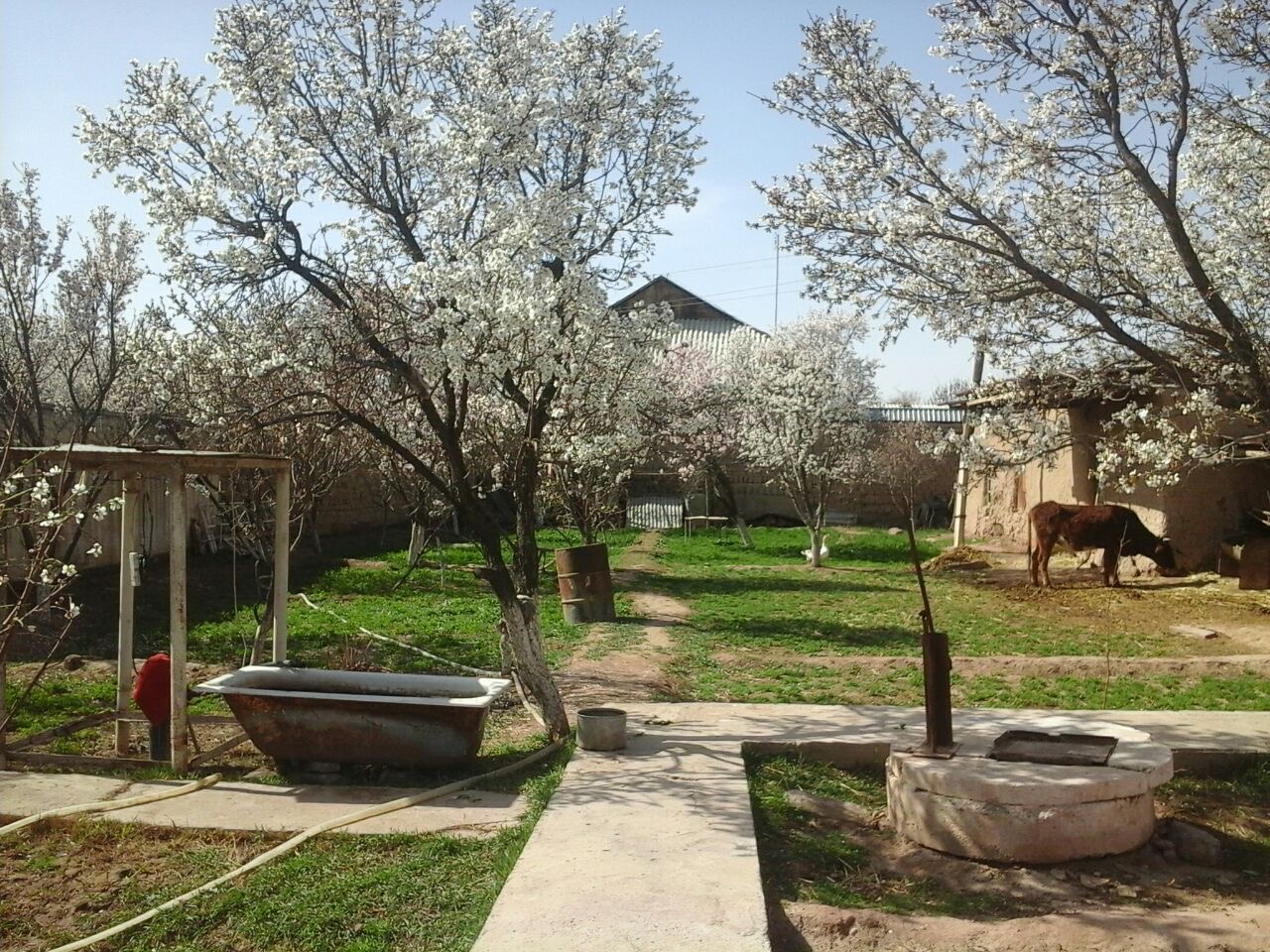 Though I met my “bobo” only once after our move to the U.S., our weekly conversations wove a thread of inspiration. His reminders of how I was his “doctor” because I lifted his legs and helped him around were some of the most valuable memories he left me with, allowing me to see how valuable it is to help people. The word “bobo” translates to grandpa; however, in my native tongue, Uzbek, “-jon” means life. We add it to words to signify that people are part of our lives and as a statement of endearment, but it had a double meaning in my case, as my grandfather was a doctor who also saved lives.
Though I met my “bobo” only once after our move to the U.S., our weekly conversations wove a thread of inspiration. His reminders of how I was his “doctor” because I lifted his legs and helped him around were some of the most valuable memories he left me with, allowing me to see how valuable it is to help people. The word “bobo” translates to grandpa; however, in my native tongue, Uzbek, “-jon” means life. We add it to words to signify that people are part of our lives and as a statement of endearment, but it had a double meaning in my case, as my grandfather was a doctor who also saved lives.
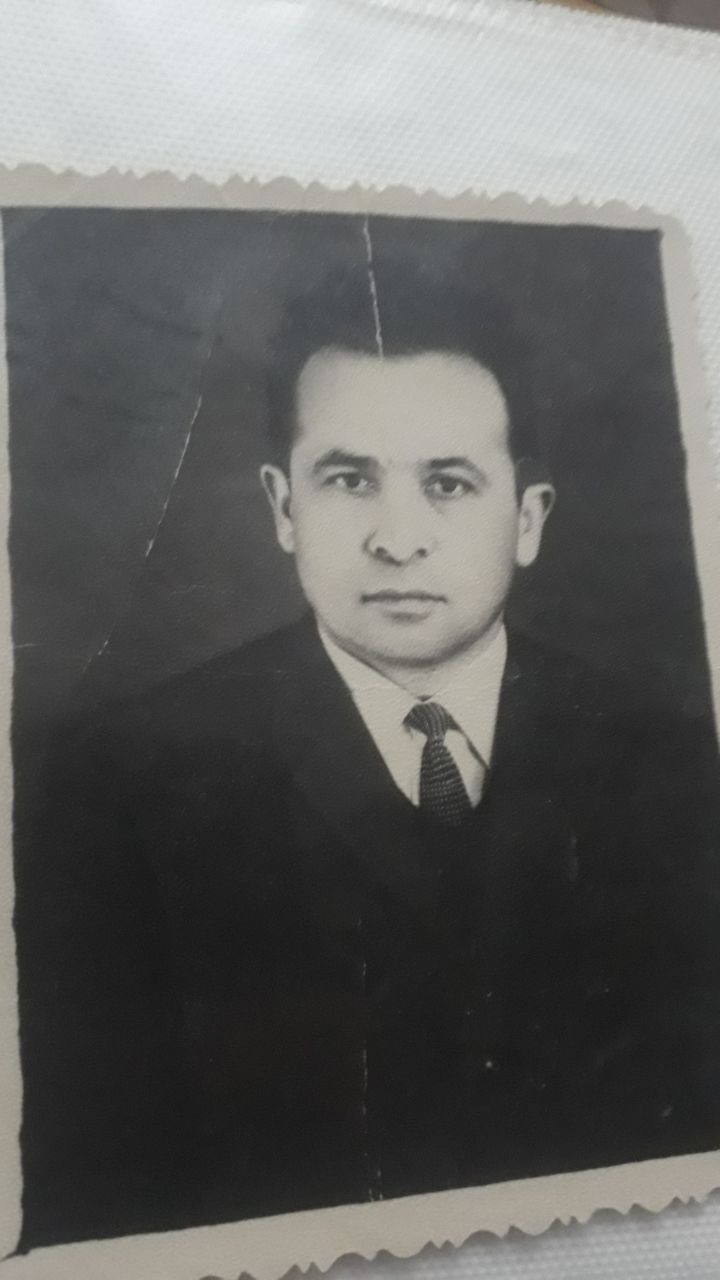
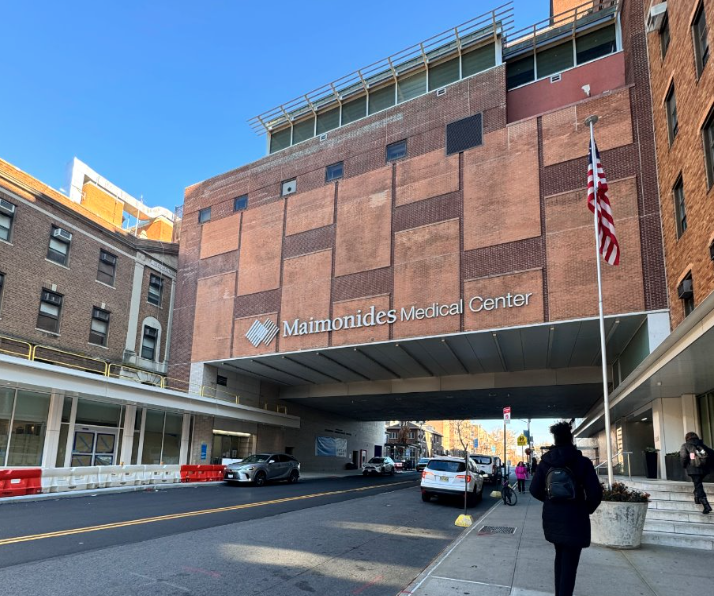 As a result, I took an anatomy and physiology course, and during the last few months of this class, my teacher encouraged us to find internships. His instructions were to be bold, go to clinics and medical centers in our communities, and hand in our resumes. He told us that “when one door closes, another one opens.” I tested this advice, printing resumes and visiting clinics. Despite multiple rejections—being too young, lacking a license, or clinics not hiring—I persisted.
As a result, I took an anatomy and physiology course, and during the last few months of this class, my teacher encouraged us to find internships. His instructions were to be bold, go to clinics and medical centers in our communities, and hand in our resumes. He told us that “when one door closes, another one opens.” I tested this advice, printing resumes and visiting clinics. Despite multiple rejections—being too young, lacking a license, or clinics not hiring—I persisted.
With no resumes left, I entered my final location. The hiring manager tested my skills by asking me to print my resume from their system. Intrigued by my boldness as a high school student with no connections, she interviewed me, and I began volunteering at the clinic. This unpaid role allowed me to explore my passion for medicine by observing skilled doctors and helping patients.
Initially, I served as a translator for patients with limited English proficiency. Now, as a scribe conducting eye exams and witnessing patient evaluations, I’ve deepened my understanding of healthcare’s intersection with society, fueling my desire to help my family and others with health challenges.
In the American healthcare system, immigrants face daunting challenges navigating an unfamiliar system. The lack of education on its intricacies leaves families like mine in a state of trial and error. Witnessing my parents’ frustration, I recognized the need for sustainable solutions. The absence of translation services forces reliance on acquaintances, perpetuating confusion.
Insurance disparities—between Medicaid, traditional insurance, and limited access to prescription drugs and specialty care—create an abyss. Since age eight, I’ve translated paperwork and navigated the system for my family. Today, as a scribe, I bridge language gaps, explaining procedures to patients speaking Russian, Spanish, or Uzbek. Delivering difficult news, like a 36-year-old Uzbek man’s deteriorating retinal film, to spare his son, has strengthened my commitment to easing these burdens.
The gap in healthcare representation for immigrant communities is vast. Language barriers perpetuate ineffective communication, making health issues more nerve-wracking. I envision a future where patients are treated equitably. My commitment stems from the belief that everyone deserves accessible, compassionate healthcare. My impact aims to correct longstanding imbalances.
Reflecting on my journey from Koson to the U.S., my “bobo’s” influence looms large. His legacy, combined with my medical experiences, propels me to serve underserved communities and advocate for systemic change. I’ve been accepted into a pre-medical program dedicated to training physicians who serve the underserved and understand social determinants of health.
I hope to create a future where compassionate care transcends language barriers, and healthcare is a right for all. My journey testifies to my past’s influence and maps a future where I can impact lives, as my grandfather did in our small town.
.jpeg)
About the Author
Shakhrizoda is an editor for the HIPE Ezine, where she creates engaging and informative content about pathways to medicine. Her work aims to broaden awareness and inspire students across CUNY to explore careers in healthcare.


